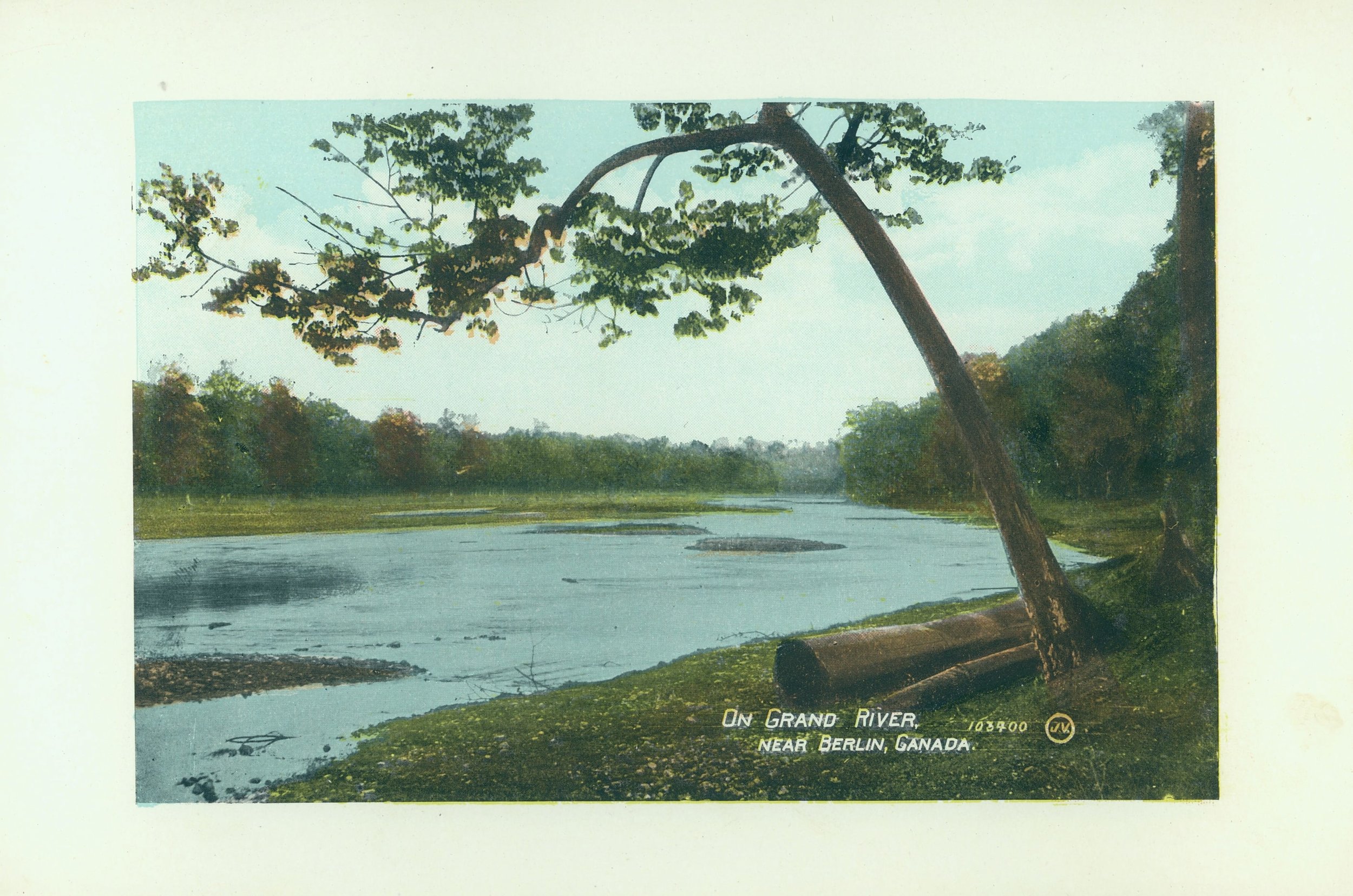If the earth was a perfect cube, what would the gravitational effect be at the edges? Could you casually step over the 90-degree bend onto an adjacent face?
The first thing you notice on being teleported to cubical earth is that you’re at the edge of a vast body of water we’ll call the Central Ocean. The land rises steeply away from the shore — apparently, the ocean lies in a basin. This strikes you as odd since you’d think the sides of a cubical planet would be flat. Patience. All will soon become clear.
Turning from the ocean and looking out over the land, you discover something else — you can see vast distances. On spherical earth, the horizon on average is a little over three miles away. On cubical earth you can, in theory, see to the edge of the planet, potentially a distance of thousands of kilometers. Up the slope you’re standing on, impossibly far off, you can make out a gigantic mountain peak — one of the corners, you realize, of your cubical world.
Time to get hiking. I hope you’re in good shape since the path literally becomes steeper with every step — you’ll have the impression of climbing up the inside of a round bowl. Worse, the mountain is stupefyingly high. How high? Well, the tallest known mountain in the solar system is Olympus Mons on Mars, 22 kilometers high from base to peak. In contrast, the vertical rise from low point to high point on cubical earth is about 3 700 kilometers.
So you’ll need to bring a spacesuit — the atmosphere gets progressively thinner until there’s none at all and you’re in the blackness of space. One consolation is that your weight steadily decreases. If you weigh 200 pounds at sea level back on spherical earth, you’ll discover when you finally reach the peak that you weigh just 103.
But here you are, on top at last. You don’t have the sense of walking around 90-degree corners that you may naively imagine. Rather, the peak looks like the tip of a three-sided pyramid. The three sides fall away steeply — if you lose your footing you’ll have a wicked drop.
On the plus side, the view is like none on earth, or on any planet anywhere. You can sight down one edge of the cube to a far corner, a distance of some 10 000 kilometers away. Even more strikingly, you see all the atmosphere and water has been concentrated by gravity into a blob in the middle of each face, with the corners and edges poking out into space. You realize your cubical planet isn’t one world but six, each face’s segment of the biosphere isolated from the others by the hopeless climb.
Bizarre? Yup. Impossible, too. You may want your planet to be cubical. Just about every other force in the universe wants it round.
By Cecil Adams for The Straight Dope










